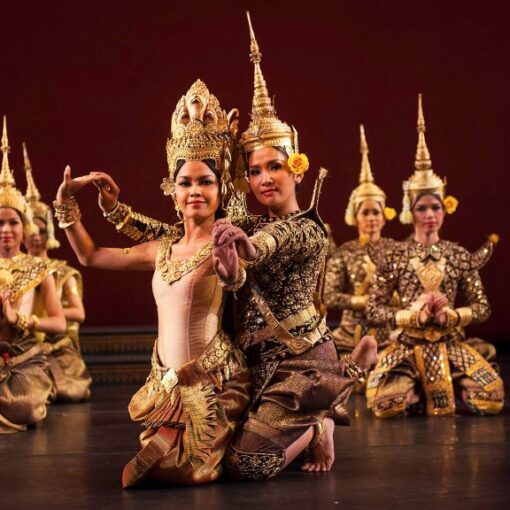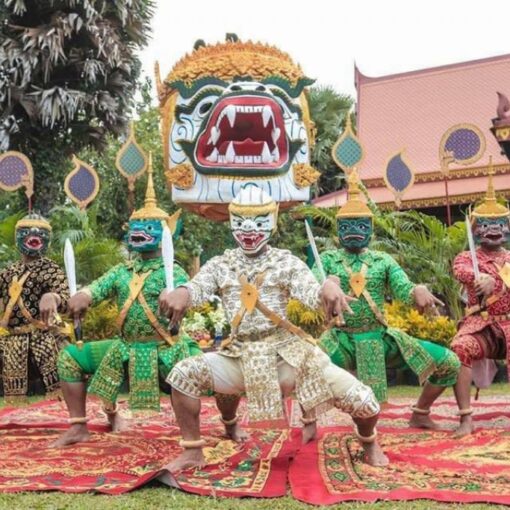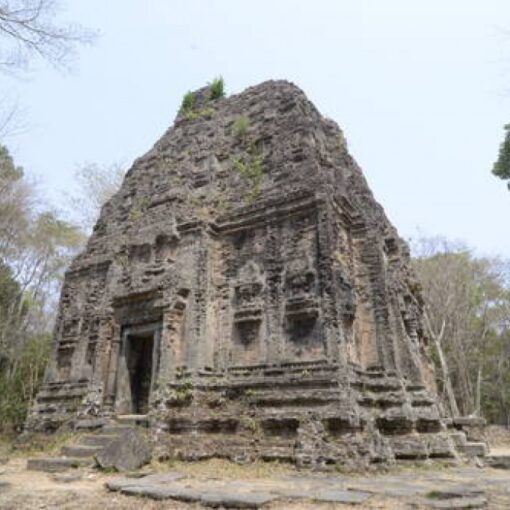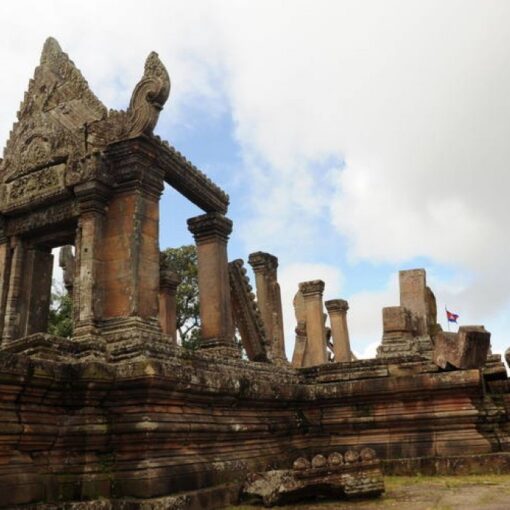
The Royal Ballet of Cambodia (Khmer Classical Dance)
Cambodia is a country with a long history. Its rich cultures portray itself in many different forms including dance. Dance in Cambodia consists of Khmer Classical Dance (Royal Ballet of Cambodia or Robam Preah Reach […]











